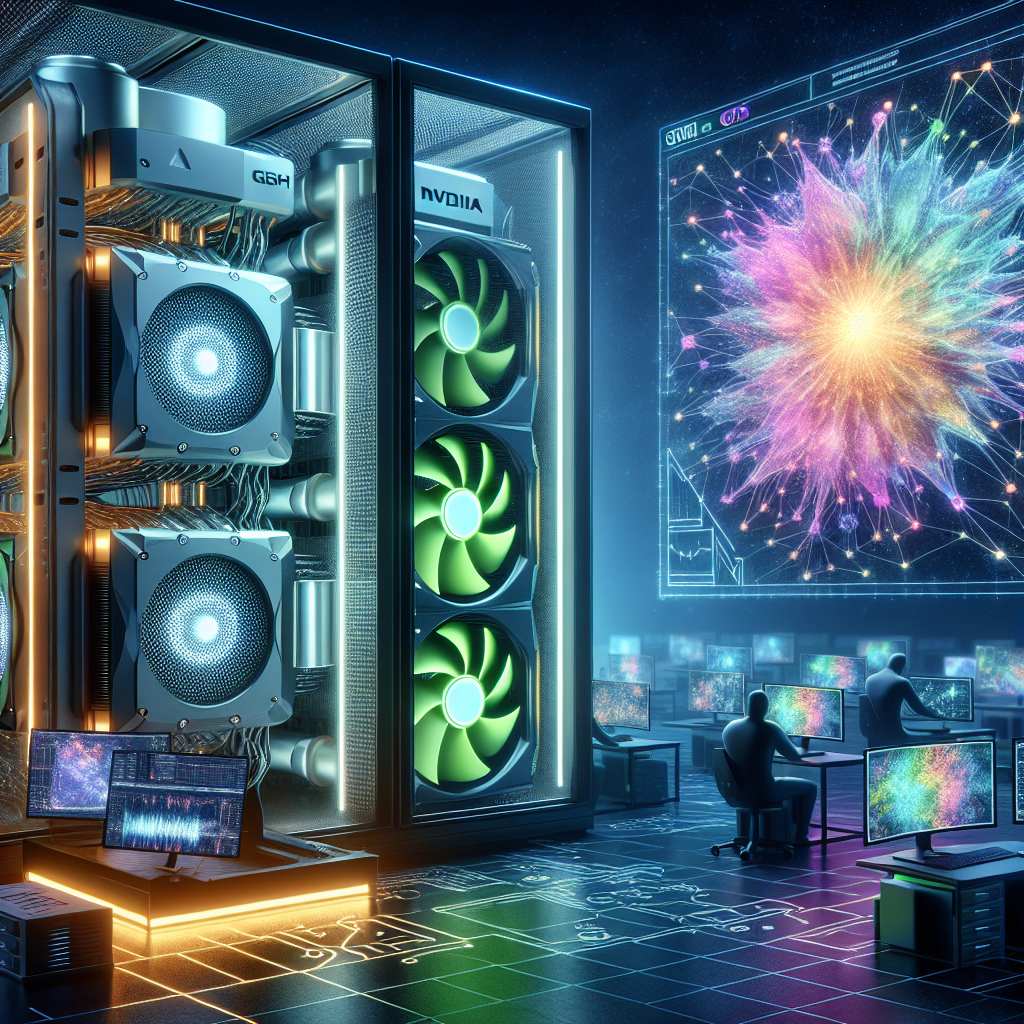NVIDIA has long been a key player in advancing scientific visualization, providing cutting-edge technology and solutions that enable researchers and scientists to better understand complex data and phenomena.
One of the key roles that NVIDIA plays in advancing scientific visualization is through the development of powerful GPUs (graphics processing units) that are specifically designed to handle complex scientific data and computations. These GPUs offer unprecedented levels of parallel processing power, allowing researchers to analyze and visualize massive datasets with ease. This has greatly accelerated the pace of scientific discovery in fields such as astrophysics, climate modeling, and medical imaging.
In addition to providing powerful hardware, NVIDIA also offers a range of software tools and libraries that make it easier for researchers to harness the full potential of their GPUs. For example, NVIDIA’s CUDA programming platform allows researchers to write parallel code that can run on NVIDIA GPUs, significantly speeding up computations and enabling more sophisticated visualizations.
NVIDIA’s advancements in scientific visualization have had a profound impact on a wide range of research fields. For example, in the field of astrophysics, researchers use NVIDIA GPUs to simulate and visualize the behavior of galaxies, stars, and other celestial objects. These visualizations help researchers better understand the dynamics of the universe and uncover new insights into the nature of dark matter and dark energy.
In the field of climate modeling, NVIDIA GPUs are used to simulate complex climate systems and visualize the potential impacts of climate change. By running simulations on powerful NVIDIA GPUs, researchers can create highly detailed visualizations that help policymakers and the public better understand the consequences of climate change and make informed decisions about mitigation strategies.
In the field of medical imaging, NVIDIA GPUs are used to process and visualize large medical datasets, such as MRI and CT scans. By leveraging the parallel processing power of NVIDIA GPUs, researchers can quickly analyze medical images and identify patterns and anomalies that may be indicative of disease or injury. This has led to significant advancements in medical diagnosis and treatment, ultimately improving patient outcomes.
Overall, NVIDIA plays a crucial role in advancing scientific visualization by providing researchers with the tools and technology they need to analyze, simulate, and visualize complex data. By pushing the boundaries of what is possible with GPU technology, NVIDIA is helping to drive innovation and discovery in a wide range of scientific disciplines.


Leave a Reply